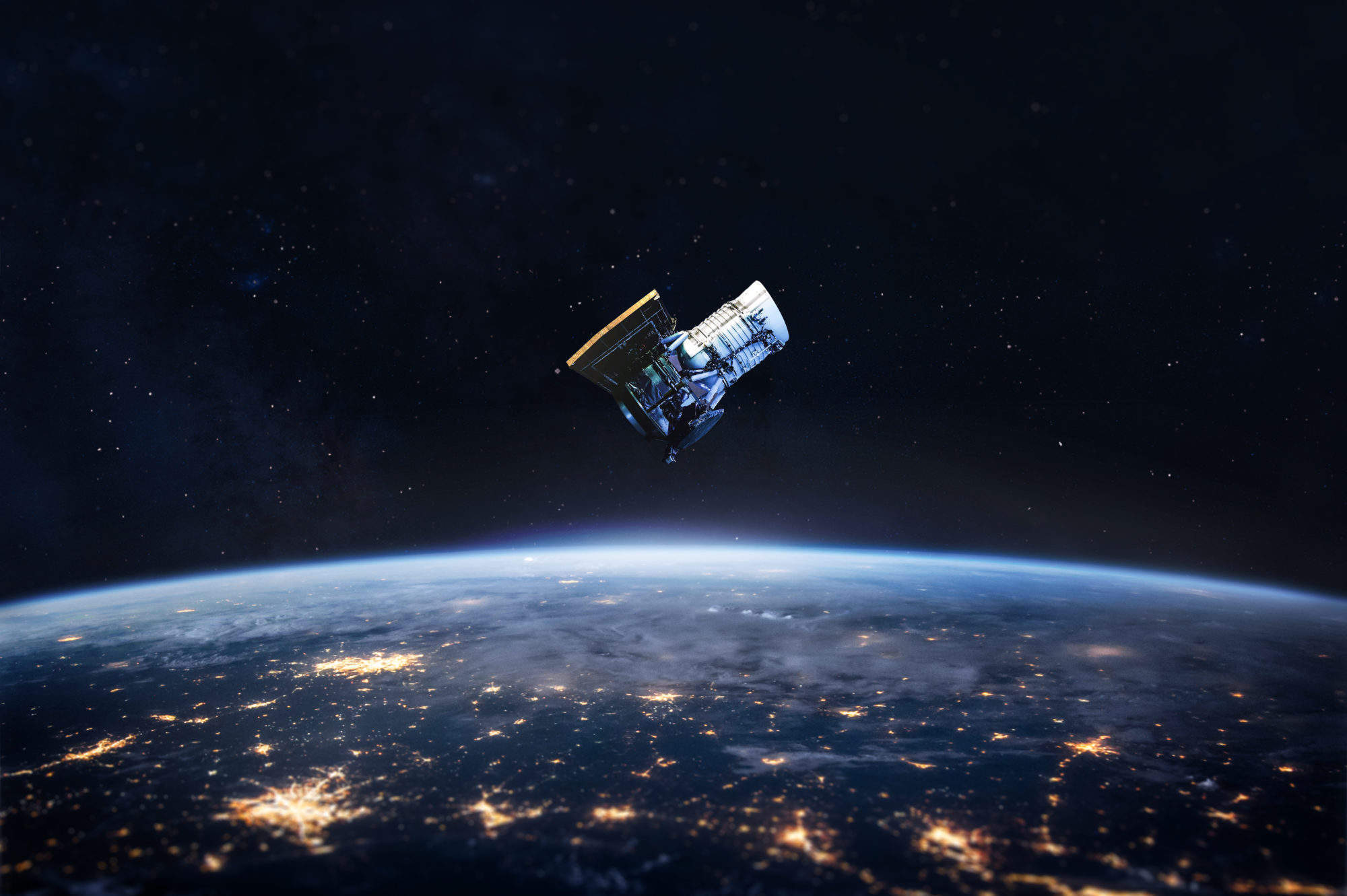
The growing demand for launches of small satellites weighing less than 500kg is expected to generate revenue of $70.1bn by 2030, according to consultancy Frost & Sullivan.
Driving growth are disruptive players in the industry, such as PSLV, CASC, Rocket Lab, JAXA, SpaceX, Roscosmos and others. Between them, they launched a total of 62 small satellites in the first quarter of 2018.
Frost & Sullivan’s report, Small-satellite Launch Service Market Quarterly Update Q2, predicts that this will increase to 11,740 small satellites being launched in 2030.
Their research reflects a burgeoning commercial space industry, recently boosted by NASA’s partnership with SpaceX and Boeing to send astronauts to the International Space Station.
And in March the UK Government unveiled the Space Industry Bill, enabling the first commercial space launch from UK soil in history.
“Small-satellites are the focus of changing space industry dynamics with current rideshare capacity insufficient to meet future small-satellite launch demand,” said Vivek Suresh Prasad, Frost & Sullivan’s space industry principal for aerospace & defence.
How well do you really know your competitors?
Access the most comprehensive Company Profiles on the market, powered by GlobalData. Save hours of research. Gain competitive edge.

Thank you!
Your download email will arrive shortly
Not ready to buy yet? Download a free sample
We are confident about the unique quality of our Company Profiles. However, we want you to make the most beneficial decision for your business, so we offer a free sample that you can download by submitting the below form
By GlobalData“Existing players such as Airbus, Eutelsat and Thales Alenia are investing in small satellite businesses to develop their systems and infrastructure and harness lucrative, future, low-cost small satellite services.”
Small satellites save money
Small satellites are attractive for commercial space companies because they require less thrust to launch into orbit. Often, they can piggyback on larger spacecraft, further bringing down costs.
They are widely used for gathering scientific data and radio relay, but commercial players are increasingly using them to offer and enable real-time imagery, digital transformation and seamless global connectivity.
However, their small size also creates the technical challenge of finding space for power and propulsion systems.
“Q1 2018 witnessed multiple small-satellite operators launching their experimental satellites, marking their advancements towards the planned low earth orbit-based constellations,” said Prasad.
“The increased downstream demand for geospatial and communication services and developments in the new space systems are driving these activities.”
In Frost & Sullivan’s optimum projection, where all launches are successful, space organisations will send 6,609 small satellites to space by 2030.
Almost 98% of these will be by commercial operators, with companies SpaceX and OneWeb expected to be responsible for the lion’s share of launches.
Prasad said that established players are now embracing the small-satellite business model to offer low-latency and low-cost Internet of Things services to downstream users – business such as telecommunications providers.
“The downstream users will benefit not only from the evolving competitive market dynamics but also from the complementary services that best suit their businesses,” he said.



